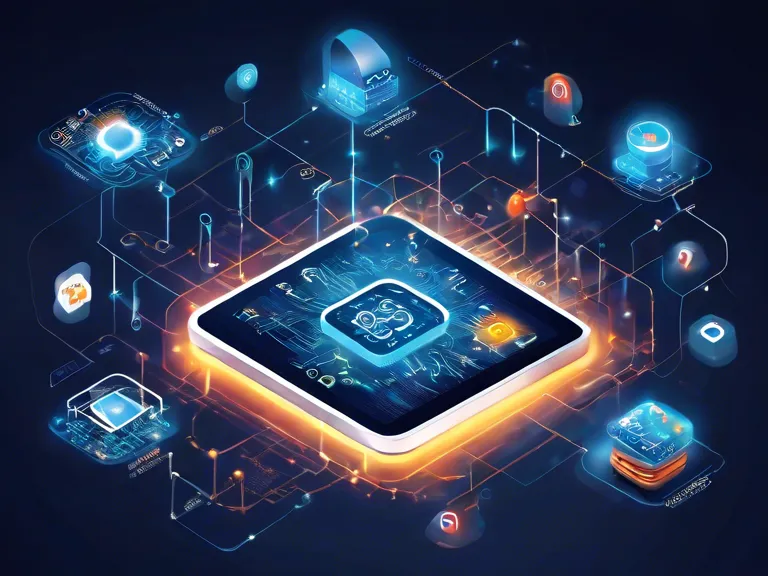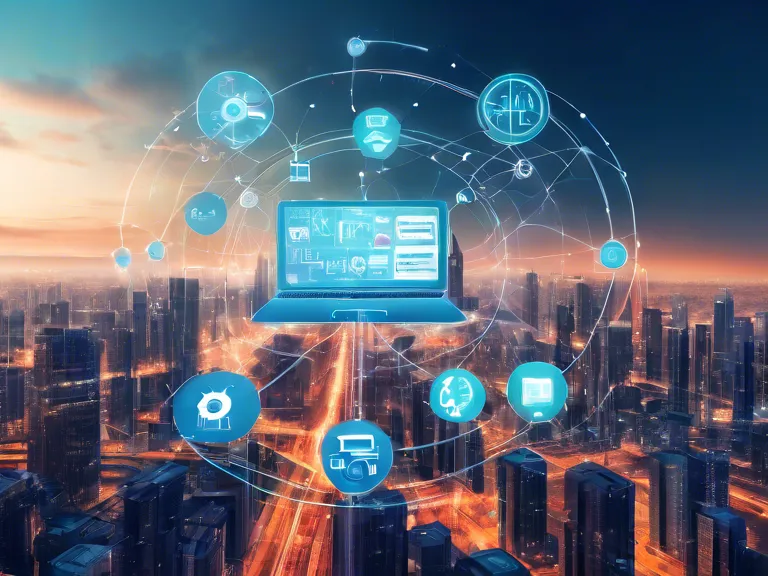
In today's fast-paced world, the demand for real-time information is greater than ever before. Technology has transformed the way we communicate, access information, and receive updates. From news alerts to live social media feeds, the shift to real-time updates is accelerating at a rapid pace. This article explores how technology is driving this shift and the implications it has on our daily lives.
One of the key drivers of real-time updates is the widespread adoption of smartphones and internet connectivity. With the rise of mobile devices, people can access information anytime, anywhere. Social media platforms like Twitter and Instagram have capitalized on this trend by providing users with instant updates on current events, trends, and personal updates. The constant stream of notifications keeps users engaged and informed in real-time.
Another factor contributing to the shift to real-time updates is the advancements in data processing and analytics. Companies are now able to collect and analyze massive amounts of data instantaneously, allowing them to make informed decisions and communicate updates quickly. This is especially crucial in industries like finance, where real-time data can make the difference between success and failure.
The rise of live streaming platforms has also played a significant role in the shift to real-time updates. Platforms like Facebook Live and Twitch allow users to broadcast events, gameplay, and personal moments in real-time. This immediacy creates a sense of authenticity and transparency, as viewers can witness events as they happen without any editing or manipulation.
Overall, the shift to real-time updates is transforming the way we consume information and interact with the world around us. As technology continues to evolve, we can expect to see even more innovation in this space, with new platforms and tools enabling even faster, more immediate updates.



